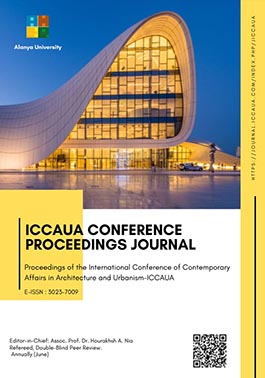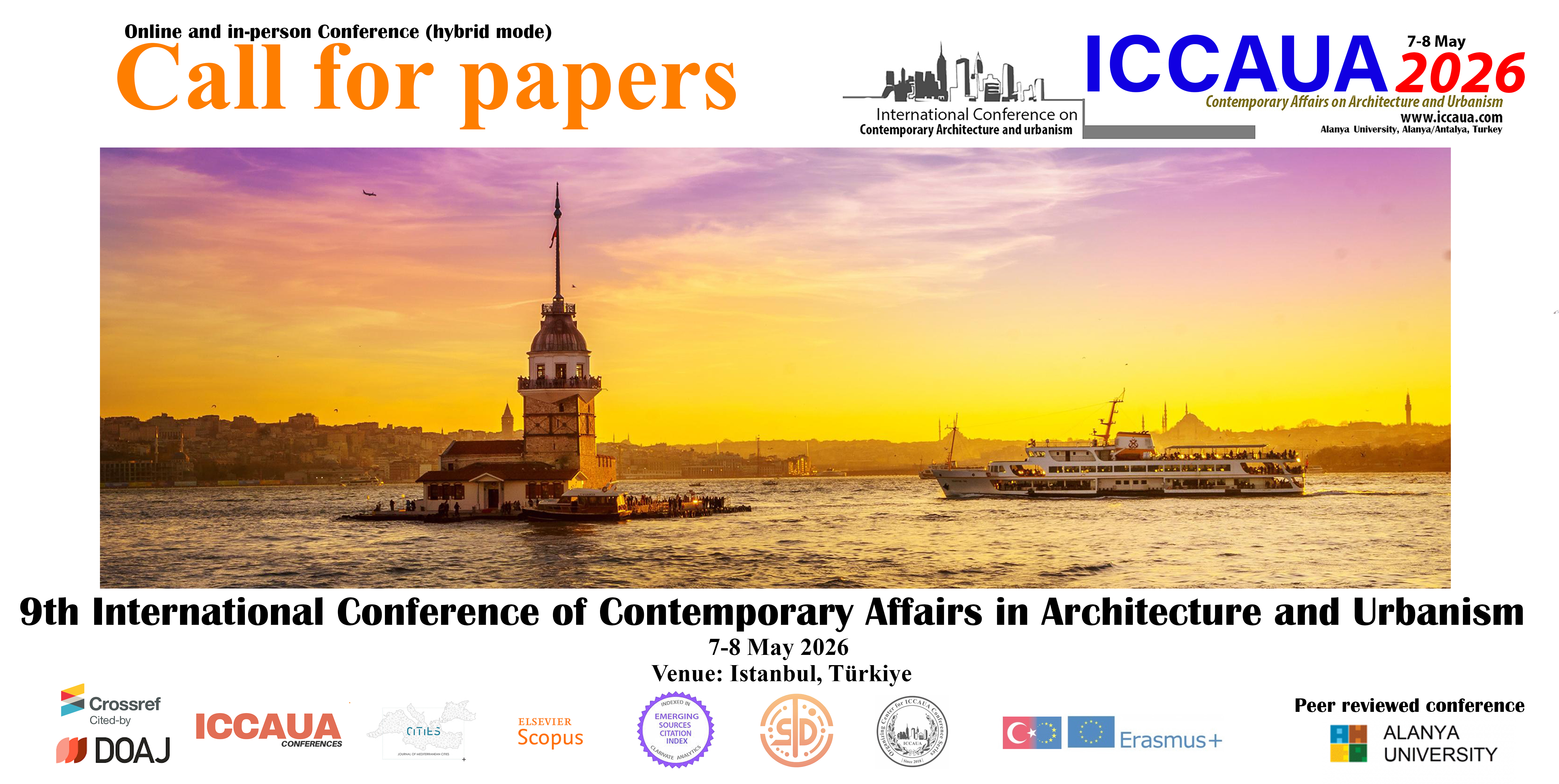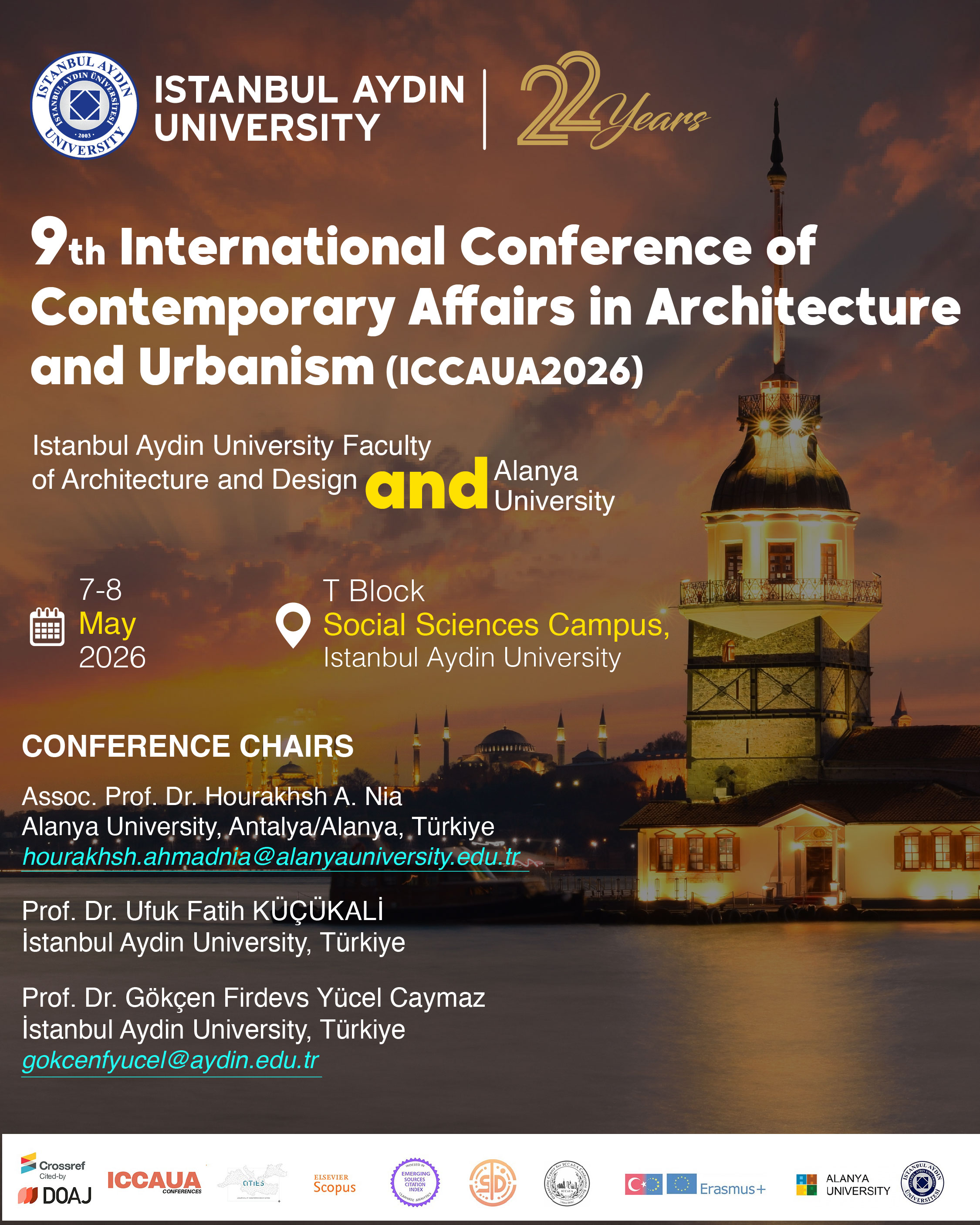Effect of Vernacular Architecture on Human Well-being: Analysis of Selected Case of Bellapais Monastery
DOI:
https://doi.org/10.38027/ICCAUA2025EN0165Keywords:
Vernacular, Cultural heritage, well-being, Sustainability, Bellapais.Abstract
Vernacular architecture is a cultural asset that reflects the identity, life culture and history of a society. In this context, sustainable protection of vernacular architecture within the scope of cultural heritage is important. The concept of well-being, which exists within the scope of the United Nations sustainable development goals, expresses the state of being physically, mentally and emotionally healthy for individuals. At this point, architecture offers spaces that satisfy individuals and allow them to be happy. Therefore, architecture is associated with well-being. It is directly related to vernacular architecture, which is a synthesis of adaptation to climate, use of natural and local materials and cultural reflections. Bellapais village was selected for this study, which provides peace and aesthetic satisfaction to its residents and visitors with its stone houses, narrow streets and design compatible with the natural environment, local identity and cultural belonging. Another important feature of the study area is the existence of the Bellapais Monastery, which is an important cultural heritage of Cyprus. Depending on the purpose of the study, the relationship between vernacular architecture/cultural heritage and well-being is evaluated in line with the perceptions of users and visitors.
Downloads
Downloads
Published
How to Cite
Issue
Section
License
Copyright (c) 2025 Aslı Sarıdaş, Mustafa Eyyamoğlu

This work is licensed under a Creative Commons Attribution 4.0 International License.




















